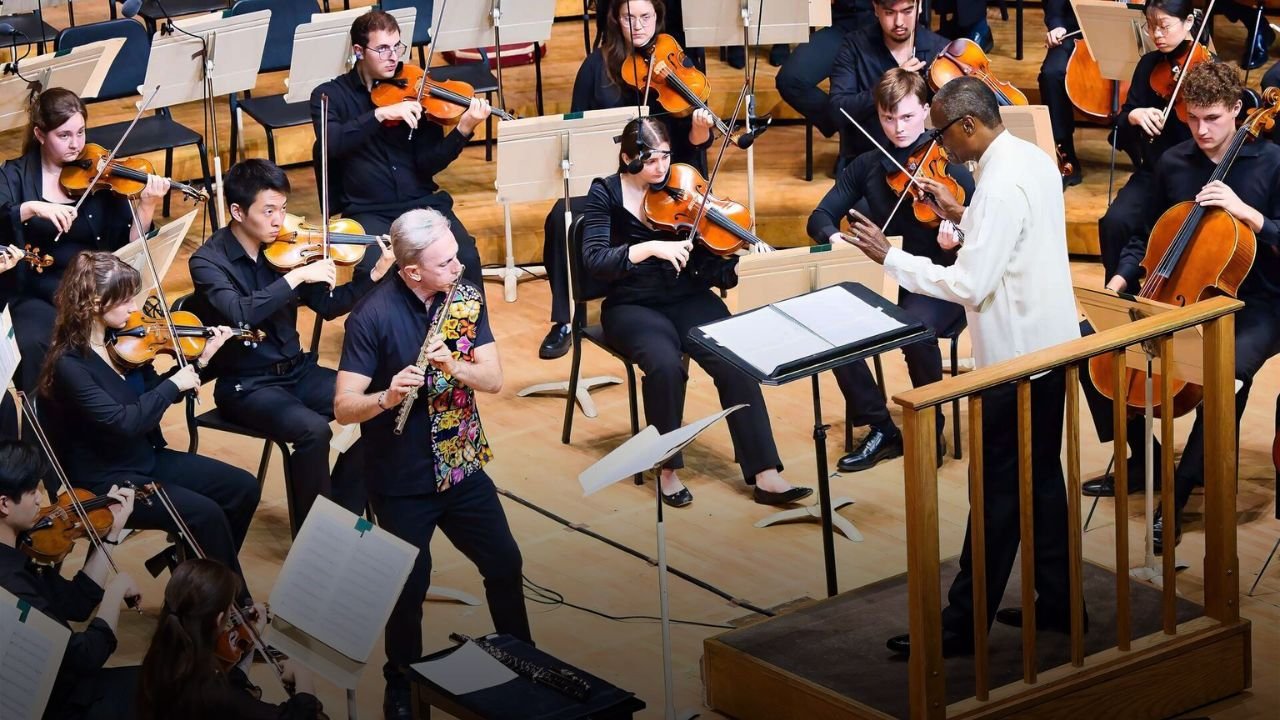Tanglewood and MASS MoCA Deliver a Diverse Showcase of Contemporary Music

CHICAGO — The Berkshire summer arts scene recently offered two powerhouse celebrations of contemporary and experimental music — Tanglewood’s Festival of Contemporary Music and MASS MoCA’s Bang on a Can Loud Weekend. Together, they presented an ambitious cross-section of today’s most adventurous sounds.
Tanglewood’s Bold Focus on Mexican Music
This year’s Festival of Contemporary Music at Tanglewood ran from July 24–28, under the guidance of Tanglewood Music Center director Ed Gazouleas and guest curator-composer Gabriela Ortiz. Their programming leaned heavily into Mexico’s rich musical heritage, with Ortiz herself represented in 15 of the 26 works performed.
Such a singular focus was unusual — the last comparable instance was the 2008 festival devoted entirely to Elliott Carter’s centennial. While the approach may have contributed to a smaller-than-usual crowd for the finale, it ensured a cohesive artistic vision.
The closing night on July 28 featured four large-scale works. Gabriella Smith’s Bioluminescence Chaconne opened with interlocking percussive layers in a post-minimalist style, evoking the natural world in a way reminiscent of John Luther Adams’ Pulitzer-winning Become Ocean. Ellen Reid’s When the World as You’ve Known it Doesn’t Exist followed with unrestrained, Mahler-esque drama that took bold risks — and succeeded.
Ortiz’s Altar de Viento, written for and performed by her husband, flutist Alejandro Escuer, stole the show with a dazzling array of extended flute techniques. The night closed with her Hominum: Concerto for Orchestra, an intense, 30-minute work that drew on Stravinsky’s rhythmic drive but overstayed its welcome despite the committed effort of conductor Thomas Wilkins and the young Tanglewood players.
Bang on a Can Loud Weekend at MASS MoCA
Over at MASS MoCA from Aug. 1–2, Bang on a Can delivered its signature mix of marathon performances and genre-blurring innovation. Multiple stages ran simultaneously, making it impossible to catch everything, but standout moments were plentiful.
In Building 5, composer Jason Treuting’s Amid the Noise/Go Placidly with Haste paired soft, persistent percussion with interactive audience participation — including the gentle rustle of waved sheets of paper. The piece complemented the colorful installations of artist Jeffrey Gibson, creating an immersive, multisensory experience.
In the Hunter Center, Ted Hearne’s Authority blended chamber music instrumentation with synthesizer and electric guitar, creating a living sonic patchwork of clashing tones, subtle electronics, and structural precision.
The evening concluded with a tribute to the late Japanese film composer Ryuichi Sakamoto, performed by the Bang on a Can All Stars and fellows from the museum’s residency program. Rather than offering radical reinterpretations, the arrangements stayed close to Sakamoto’s originals — a choice that some attendees found overly safe compared to the group’s usual daring approach.
Why These Festivals Matter
Both events highlight the evolving landscape of contemporary music — where tradition and experimentation meet, and where risk-taking is encouraged, even if it divides audiences. Whether in the form of Ortiz’s personal and cultural focus at Tanglewood or Bang on a Can’s participatory performance art at MASS MoCA, these festivals continue to push the conversation forward.
Have you attended Tanglewood or Bang on a Can? Share your favorite moments and thoughts with us at ChicagoMusicGuide.com.
